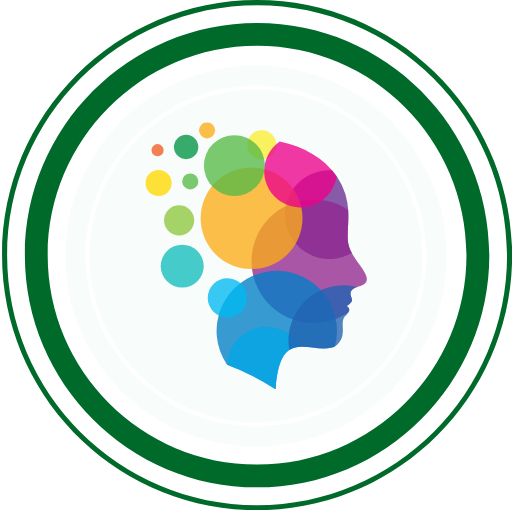In the dynamic world of software development, software testing stands as a crucial practice to ensure quality and functionality. As software applications become more complex, mastering software testing strategies is vital for developers and QA professionals to deliver robust, reliable products. This blog post delves into essential strategies and best practices that will enhance your software testing approach and ensure your software meets the highest standards.
What is Software Testing?
Software testing is the process of evaluating and verifying that a software application or system meets specified requirements and functions correctly. The primary goal of software testing is to identify and fix defects before the software is released to users. Testing helps ensure that the software performs as expected, is reliable, and provides a positive user experience.
Key Objectives of Software Testing:
- Validation: Ensuring that the software meets the needs and expectations of users.
- Verification: Confirming that the software complies with the specified requirements and design.
- Defect Identification: Detecting and fixing bugs or issues that could impact the software’s functionality or performance.
- Quality Assurance: Enhancing the overall quality of the software through systematic testing processes.
By systematically applying various testing techniques and methodologies, developers and testers can uncover potential issues and ensure that the final product is robust, secure, and performs as intended.
Key Software Testing Strategies
1. Understand the Requirements
Before diving into testing, it’s imperative to have a clear understanding of the software requirements. This involves thorough analysis and documentation of what the software is intended to do. Test plans and test cases should be derived from these requirements to ensure comprehensive coverage.
- Tip: Engage with stakeholders early to clarify requirements and expectations.
2. Choose the Right Testing Type
Software testing encompasses various types, each serving a specific purpose. Common types include:
- Unit Testing: Validates individual components or functions.
- Integration Testing: Ensures that different modules or services work together.
- System Testing: Tests the complete and integrated software system.
- Acceptance Testing: Validates the software against user requirements and business goals.
- Tip: Use a mix of testing types to cover all aspects of the software.
3. Automate Where Possible
Automation can significantly enhance the efficiency of your testing process. Automated tests are particularly useful for repetitive tasks and regression testing. Tools like Selenium, JUnit, and TestNG can automate various testing tasks and improve accuracy.
- Tip: Invest in a robust automation framework to streamline your testing processes.
4. Implement Continuous Testing
Incorporating testing into your continuous integration/continuous deployment (CI/CD) pipeline is crucial for modern software development. Continuous testing ensures that issues are detected and addressed early, reducing the time and cost associated with late-stage bug fixes.
- Tip: Integrate your testing tools with your CI/CD pipeline for seamless execution.
Best Practices for Effective Software Testing
1. Create Comprehensive Test Cases
Well-defined test cases are fundamental to effective testing. Each test case should include specific conditions, inputs, and expected outcomes. Comprehensive test cases help ensure that all aspects of the software are evaluated.
- Tip: Review and update test cases regularly to reflect changes in requirements or functionality.
2. Prioritize Testing Efforts
Not all tests are created equal. Prioritize your testing efforts based on risk, complexity, and impact. Focus on critical functionality and high-risk areas to ensure that key features are thoroughly tested.
- Tip: Use risk-based testing techniques to allocate resources efficiently.
3. Collaborate and Communicate
Effective communication between developers, testers, and stakeholders is essential for successful software testing. Regular meetings and updates help ensure that everyone is aligned on goals, progress, and issues.
- Tip: Foster a collaborative environment to address issues promptly and effectively.
Conclusion
Mastering software testing strategies is crucial for delivering high-quality software that meets user expectations and business objectives. By understanding what software testing entails, choosing the right testing types, automating where possible, and implementing continuous testing, you can significantly enhance your testing processes.
QABash Nexus—Subscribe before It’s too late!
Monthly Drop- Unreleased resources, pro career moves, and community exclusives.
